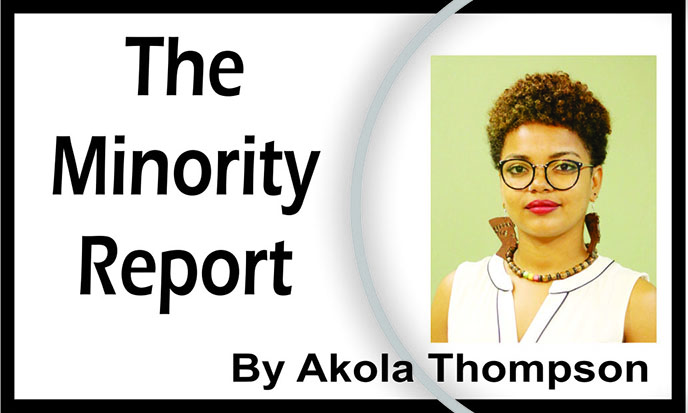Despite society’s reliance on the law and its punitive elements to direct behaviour, there are many gaps between our laws and what our culture continues to allow. Across the world, child marriages continue to occur with alarming frequency. Global estimates found that over 700 million women today were married before they reached the age of 18. Yearly, 15 million additional girls become child brides. Many removed from the inner workings of our country are unaware of how common of a practice child marriage remains in not only rural, riverain and hinterland communities, but also urban ones.
While boys are victims of child marriages, it is the girl child that faces the brunt of this harmful cultural practice. There has always been less value placed on the life of the girl child. Girls are seen as expendable lives that can be traded for the unification of families, economic gain or removing familial shame. This concept of shame and honour attached to the sexuality of young girls has seen and continues to see many child marriages aimed at “protecting” girls, particularly if it is that they are pregnant. In a culture where non-virgins are still considered ruined for marriage and generations of their ancestors have proceeded in the same fashion of arranged child marriages, many young girls are powerless to do anything about the lives that have been set out for them.
Our patriarchal culture dictates that the ultimate purpose of womanhood is to get married, have children and cater to one’s husband. So while many young boys are raised with the expectation of continuing their education and seeking out fulfilling opportunities, young girls from early are trained on how to be suitable homemakers and docile appendages to their husbands. What this does however, is trap young girls into abusive relationships from which they can rarely ever escape.
While in some select instances, young girls are married to young boys; the norm is that young girls are married to older men. Guyana’s 1990 Marriage Act states 18 as the minimum age to be married, 16 years if a girl is pregnant or has a child. Guyana’s legal age of consent for sexual activity was changed from 13 to 16 years old in 2005. The proposed age was 18, but of course, some concessions had to be made for the patriarchy so as to allow old men to take advantage of young girls. Certainly as we continue to see with countless rapists and sexual groomers amongst us, laws alone will not protect the lives of young girls. To escape the breadth of the law, many child marriages are not registered. They are often performed in secrecy or officials simply turn a blind eye. In the last 20 years, Latin America and the Caribbean are the only areas in which the rates of child marriages have not declined.
This goes to show that while enforcement of existing laws is important, what is key is a commitment to tackling the underlying drivers of child marriage. At the top of this pile are patriarchal beliefs that frame girls as possessions whose sexuality must be monitored and protected and men as providers offering this protection. Young girls are so often traded like goods from one family to another; their futures arranged and set by the adult males surrounding them. Lack of economic opportunities also sees many families wedding their girl children off so that they have one less mouth to feed or due to hopes that the marriage would provide the family with some needed income. Lack of access to reliable information and services regarding contraception also play an important role, as actual/feared pregnancy remains one of the reasons many young girls are married off.
In these unions, child brides are unable to negotiate sex and birth control with their older husbands. This often results in rapes and also deaths during childbirth, as many of their bodies are still much too small to handle the rigours of pregnancy. Child brides are also expected to stop any schooling they might have been involved in and take on the responsibilities of housework and caretaking. Due to the barriers they face in negotiating their lives and accessing education, these young girls are trapped into cycles of poverty. This in turn contributes to limited educational opportunities for their children, thus ensuring the seamless maintenance of intergenerational poverty.
Child marriage both literally and figuratively, cuts the lives of young girls short. It is a dangerous cultural practice that deprives the girl child of the needed social, educational and individual freedoms that everyone deserves. The child bride is negatively impacted through limited educational attainment, diminished economic opportunities and experiences of intimate partner violence. This affects not only the young girl but also the lives of their children and the societies to which they belong. The girl child remains at risk and more must be done to protect her.





